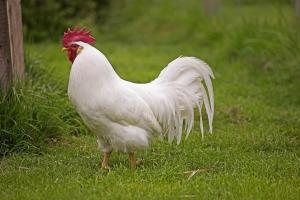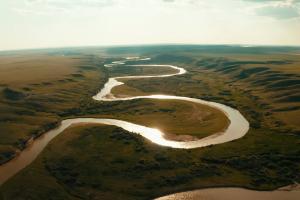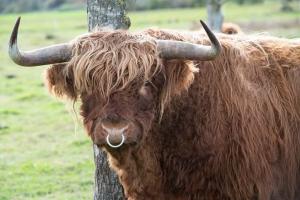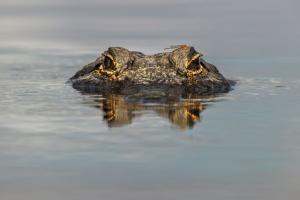Watch Neighbors Look Out Their Windows Only to See a Black Panther on the Loose
The news story featured in this clip is both shocking and sad. A young black panther was found prowling around the rooftops of a French town. It was eventually captured by the authorities. After investigating the incident, they found out that it was a young female and that it was an escaped pet. The trade in wild animals is not considered ethical by many people. It is almost impossible to provide them with a suitable environment and lifestyle. The trade in wild animals can put pressure on wild populations. When the animals are kept in unsuitable conditions, they can present a risk to the safety of people. Scroll down to see how this black panther was captured and learn about the extent of the illegal wild animal trade in France.
What Exactly Is a Black Panther?

©Art_man/Shutterstock.com
We are not told the exact species of this black panther. Some are jaguars, others are leopards, and some are another type of big cat. What they have in common is that they are beautiful and they have an amazing black coat. They also have striking emerald eyes. Whatever their species, they are extremely sure-footed and good climbers. This big cat has no problem accessing the rooftops!
What Is Wildlife Trafficking?
Whilst this particular animal was captured in France, wildlife trafficking is not purely a European problem. It is one of the most profitable natural resource crimes. Unfortunately, criminal groups and dangerous international networks are involved in the trade. There are many reasons why trafficking wild animals is so harmful. In terms of health, it can lead to the spread of diseases which can result in pandemics. It can also introduce organisms that can affect agricultural crops which could affect food supplies. It is also very bad for the environment. Wildlife trafficking can result in ecosystems becoming destabilized and in species becoming endangered. It can affect human livelihoods in rural areas around the world. It is also very distressing and crual for the animals involved.
Regulation of Wildlife Trafficking
Wildlife trade is regulated by the United Nations’ Convention on International Trade in Endangered Species of Wild Fauna and Flora (CITES), which currently has 170 member countries. According to the Wildlife Conservation Society, illicit wildlife trafficking makes $10 billion a year. Some examples of the animals and body parts that are illegally trafficked into the US every year are turtles, hummingbirds, sea cucumbers, and shark fins.









